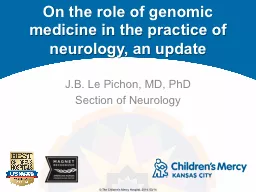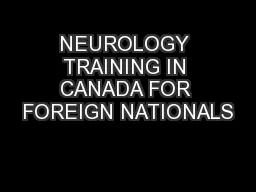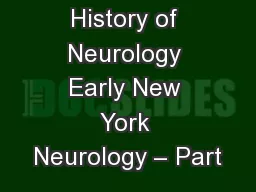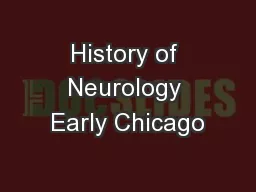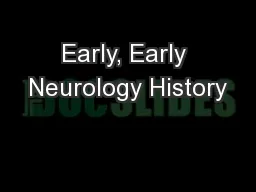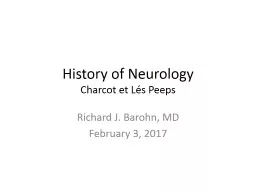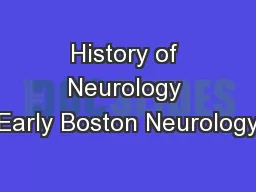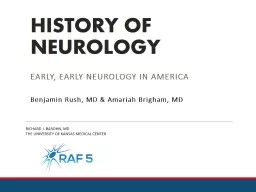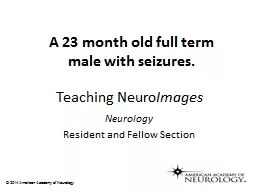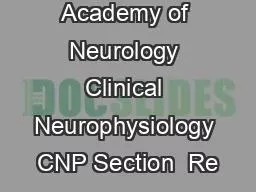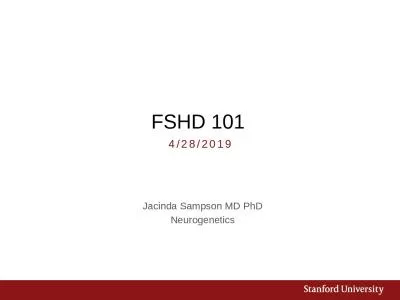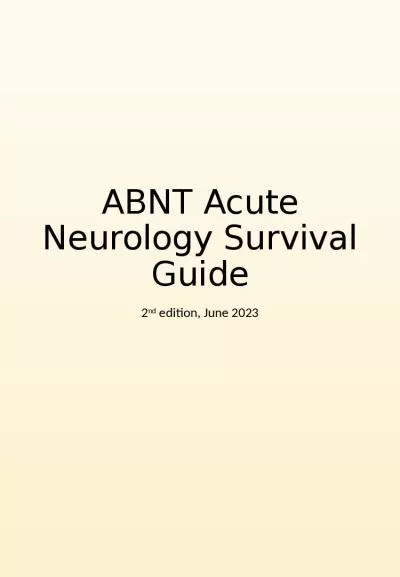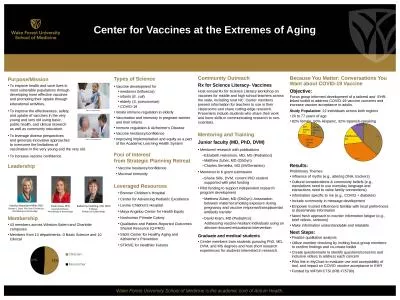PPT-J.B. Le Pichon, MD, PhD Section of Neurology
Author : conchita-marotz | Published Date : 2018-03-07
On the role of genomic medicine in the practice of neurology an update The last 15 years set the stage for g enomic medicine First Human Genome sequencing 6 to
Presentation Embed Code
Download Presentation
Download Presentation The PPT/PDF document "J.B. Le Pichon, MD, PhD Section of Neuro..." is the property of its rightful owner. Permission is granted to download and print the materials on this website for personal, non-commercial use only, and to display it on your personal computer provided you do not modify the materials and that you retain all copyright notices contained in the materials. By downloading content from our website, you accept the terms of this agreement.
J.B. Le Pichon, MD, PhD Section of Neurology: Transcript
Download Rules Of Document
"J.B. Le Pichon, MD, PhD Section of Neurology"The content belongs to its owner. You may download and print it for personal use, without modification, and keep all copyright notices. By downloading, you agree to these terms.
Related Documents

